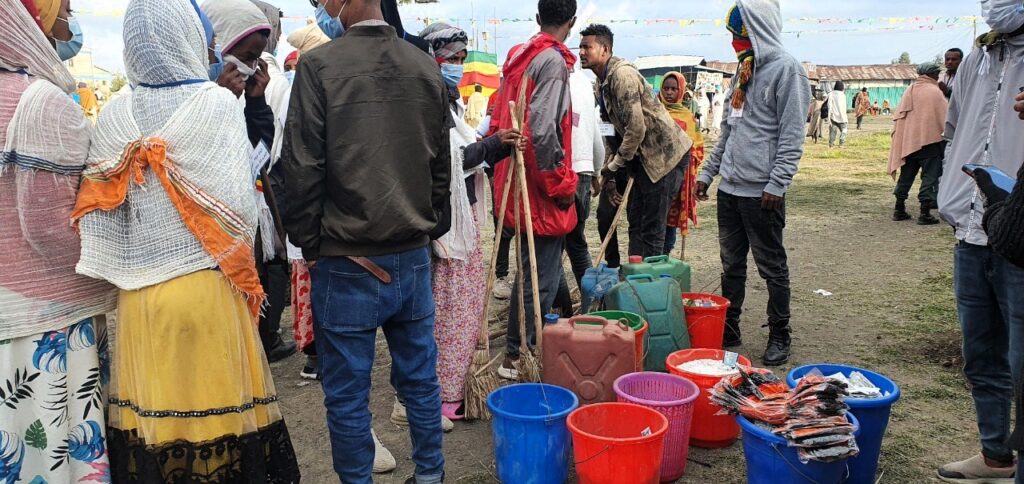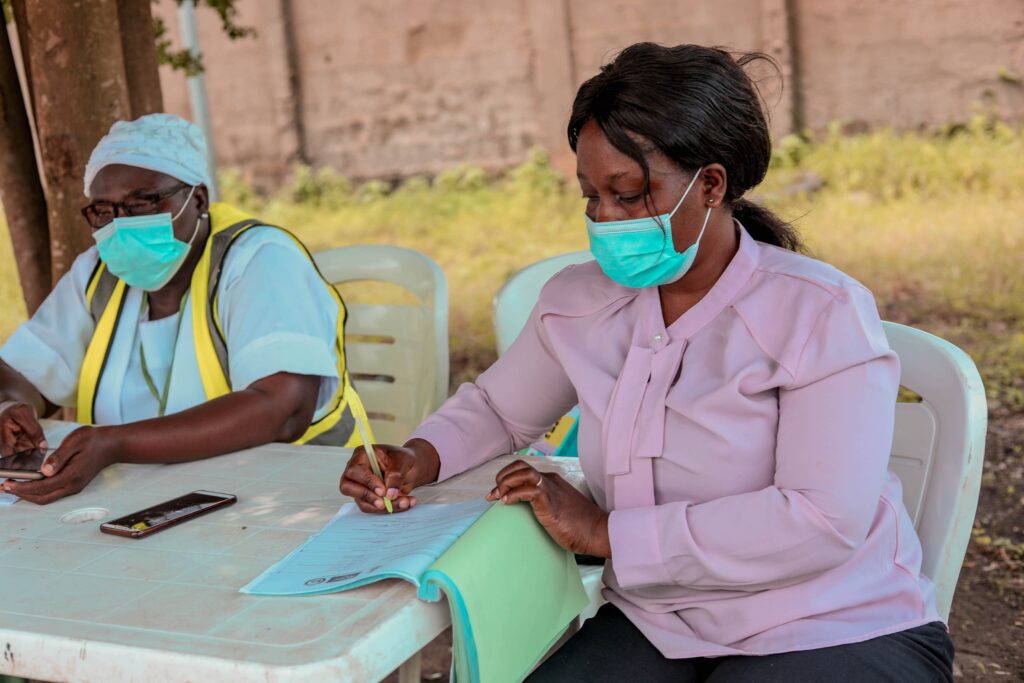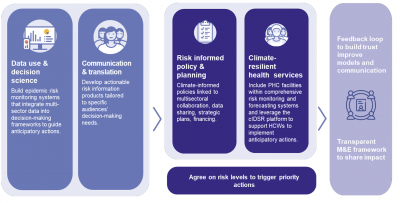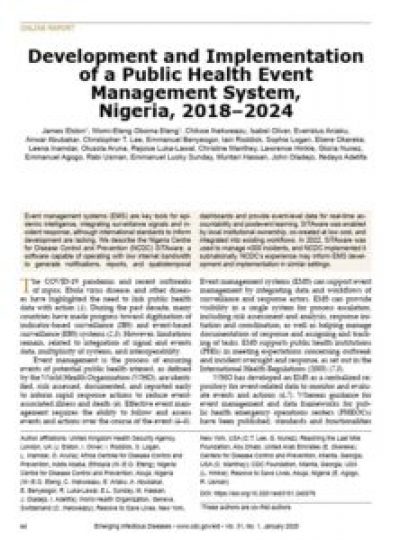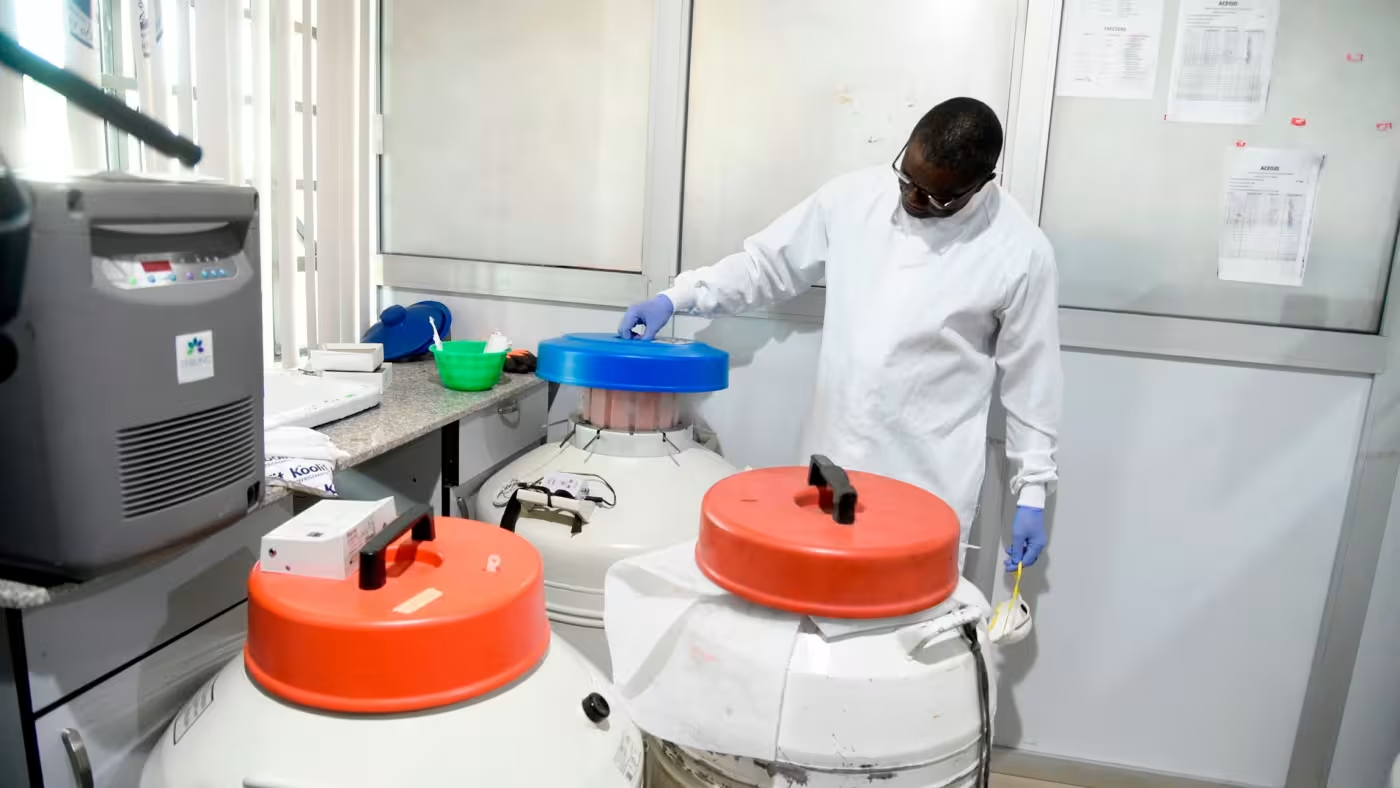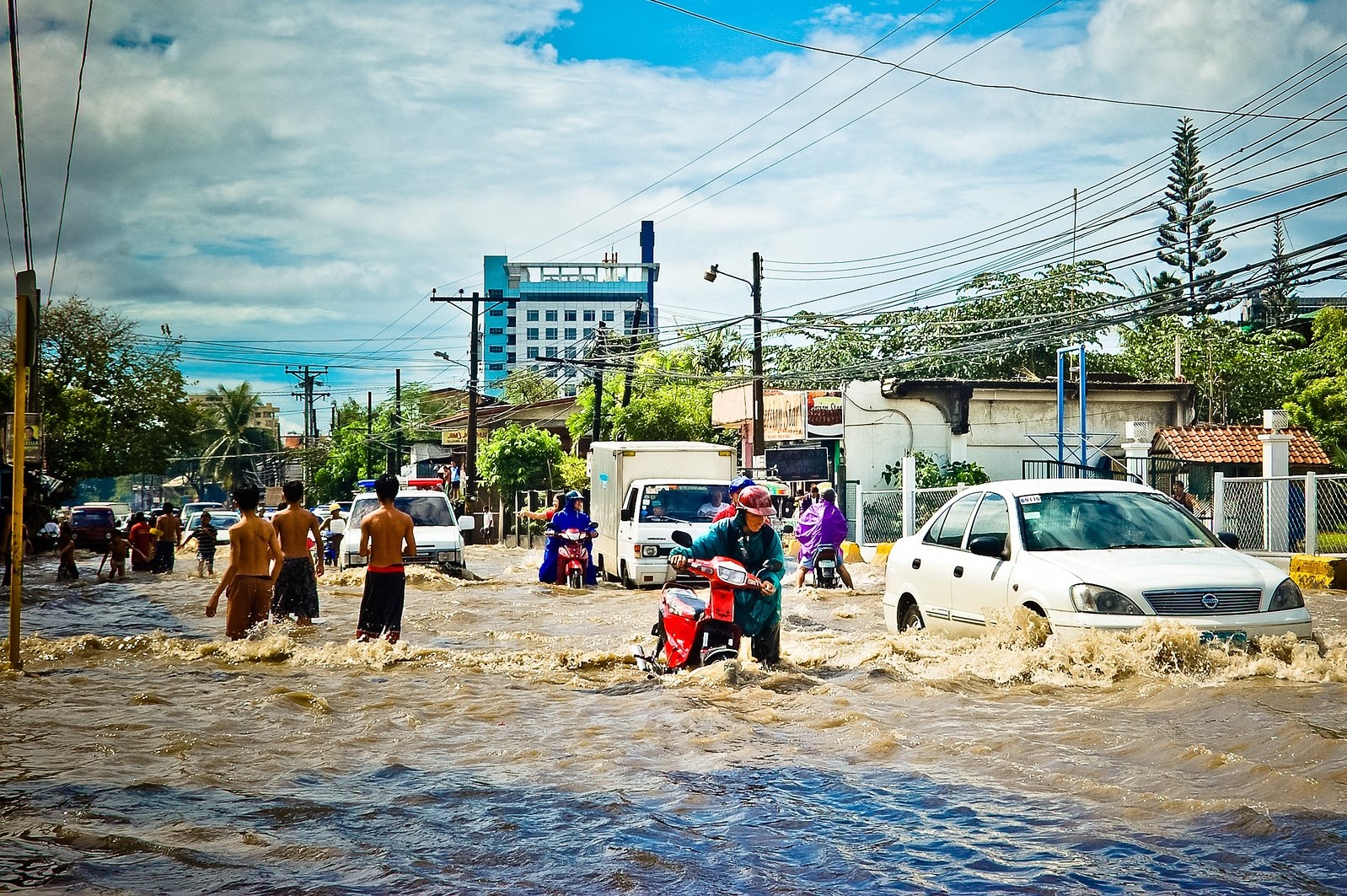How we save lives / Epidemic prevention / Epidemic intelligence
Epidemic intelligence
Like a railway for real-time data, epidemic intelligence delivers vital signals where they’re needed—on time, on track, and ready to drive smarter decisions.

The challenge
Too often, data on infectious diseases is scattered, incomplete or out of reach, slowing down outbreak detection and response and putting lives at risk
The solution
Epidemic intelligence supports countries to better collect, share and leverage real-time data to prevent epidemics worldwide.
The impact
Real-time data enables better decision-making and resource use during public health emergencies, and helps detect, report and contain outbreaks more quickly.
Epidemic intelligence in action
Strategies for epidemic prevention
Explore
Defining collaborative surveillance to improve decision making for public health emergencies and beyond
We discuss how collaboration across sectors is essential for timely and effective responses to public health threats.
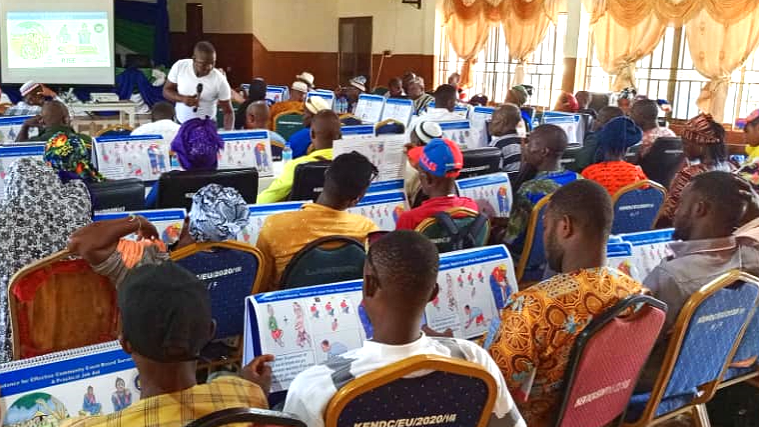
An interactive guide to help people navigate COVID-19 risk
We partnered with the New York Times and Johns Hopkins University to create an interactive guide to help U.S. residents.
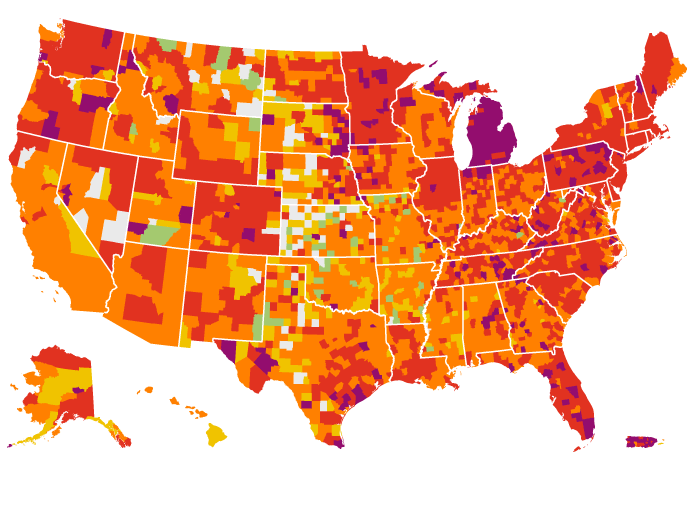
Uganda spots anthrax early using enhanced situational awareness
By anticipating when and where outbreaks are likely to occur, we are mitigating the impacts of outbreaks.
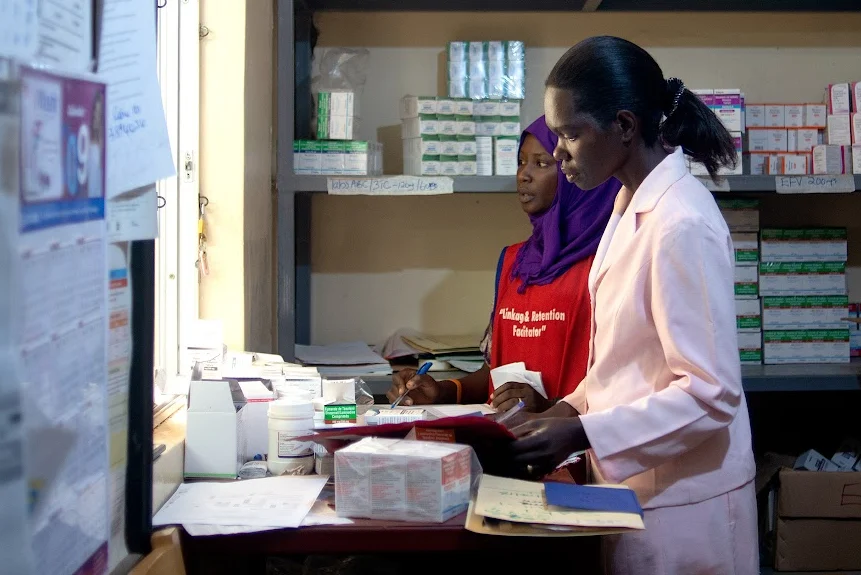
Partners
World Health Organisation (WHO)
Benchmarks for health emergencies
We partner with the World Health Organization to standardize best practices for preparedness, including developing a benchmarking tool to simplify and accelerate preparedness planning under International Health Regulations.
The cost of health care worker infections
In our advocacy efforts to protect health care workers, we released a joint report with the World Bank to calculate the true cost of health care worker infections during the COVID-19 pandemic, as well as wider socioeconomic implications.
In depth
How epidemic intelligence works
Countries have made progress in detecting outbreaks faster, but many surveillance systems still operate in silos across different sectors. To fully understand public health risks and take effective action, decision-makers need integrated, multi-sectoral data.
Our approach aligns with WHO’s strategy for Strengthening Health Emergency Prevention, Preparedness, Response, and Resilience by addressing the systems, governance and financing needed to get the right information to the right people at the right time:
Systems: Allows data to be collected, accessed, and used for public health decision-making. Our approach helps countries identify priority information products for different audiences, analyze and communicate insights derived from existing data through these products, and strengthen data collection and management systems to efficiently support the process
Governance: Ensures that actors and institutions work together by fostering collaboration, leveraging political will, and efficiently using resources to support data-driven public health decision-making. Resolve to Save Lives supports countries to define a clear vision and identify the appropriate people, processes, and tools to efficiently implement governance structures.
Financing: Our approach supports countries to effectively mobilize for new resources, accelerate disbursement to demonstrate impact, and identify pathways for sustaining gains.
How we support Epidemic intelligence
We apply collaborative surveillance across every stage of an outbreak—effectively using data to plan, predict, detect and respond—so health systems can act faster and more effectively:
- Plan for prevention and preparedness: Using data to inform institutional budgets, strategies, and “always-on“ preparednes.
- Monitor and forecast risk: Anticipating when and where outbreaks are likely to occur to reduce the risk and mitigate the impact before the first case
- Detect, assess, and respond: Identifying outbreaks quickly and taking actions to prevent them from becoming epidemics
- Monitor and adjust responses: Triangulating data across sources to improve responses to epidemics, protect populations and save lives
We take a multi-pronged approach to Collaborative Surveillance implementation, consistent with WHO’s strategy for Strengthening Health Emergency Prevention, Preparedness, Response, and Resilience, by addressing the Systems, Governance, and Financing required to provide the right information, to the right audience, at the right time.
Systems
Allows data to be collected, accessed, and used for public health decision making. Our approach helps countries identify priority information products for different audiences, analyze and communicate insights derived from existing data through these products, and strengthen data collection and management systems to efficiently support the process.
Governance
Ensures that actors and institutions work together by fostering collaboration, leveraging political will, and efficiently using resources to support data-driven public health decision making. Our approach supports countries to define a clear vision and identify the appropriate people, processes, and tools to efficiently implement governance structures.
Financing
Catalyzes system development and sustains existing systems. Our approach supports countries to effectively mobilize for new resources, accelerate disbursement to demonstrate impact, and identify pathways for sustaining gains.
Consistent with WHO’s strategy for ‘Strengthening Health Emergency Prevention, Preparedness, Response, and Resilience”, we take a multi-pronged approach to Collaborative Surveillance implementation by addressing the Systems, Governance, and Financing required to provide the right data, to the right audience, at the right time.
Systems
Allows data to be collected, accessed, and used for public health decision making. Our approach supports countries to identify priority information products for different audiences, analyze and communicate those data, and strengthen the data collection and management systems to efficiently transform data to insights.
Governance
Ensures that the structures are in place to support the movement and secure storage of data. Our approach supports countries to define a clear vision and identify the appropriate people, processes, and tools to efficiently implement governance structures.
Financing
Catalyzes system development and sustains existing systems. Our approach supports countries to effectively mobilize for new resources, accelerate disbursement to demonstrate impact, and identify pathways for sustaining gains.
